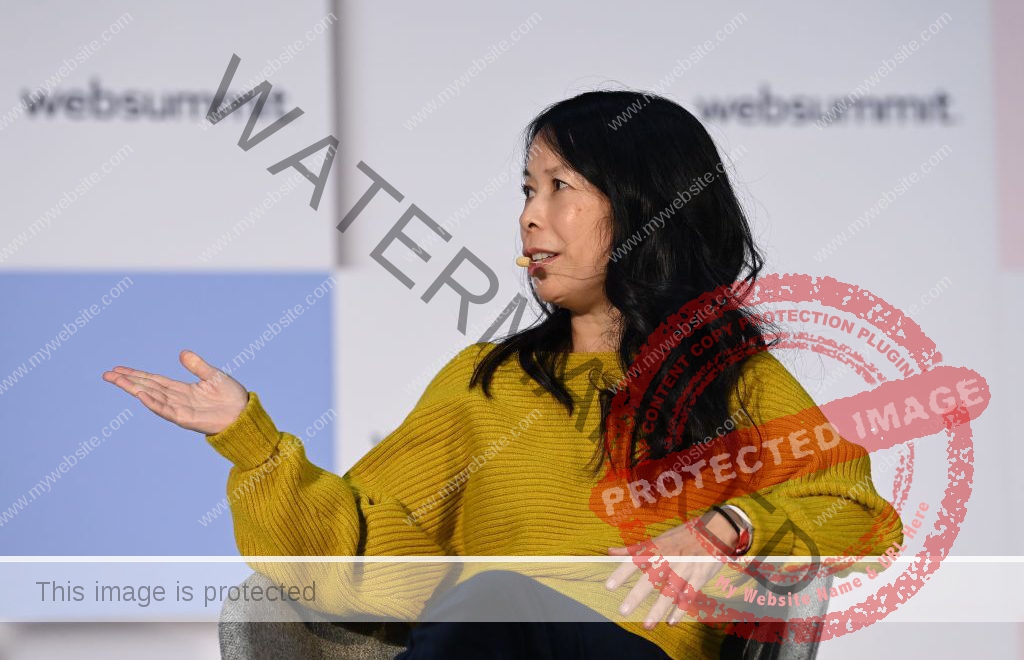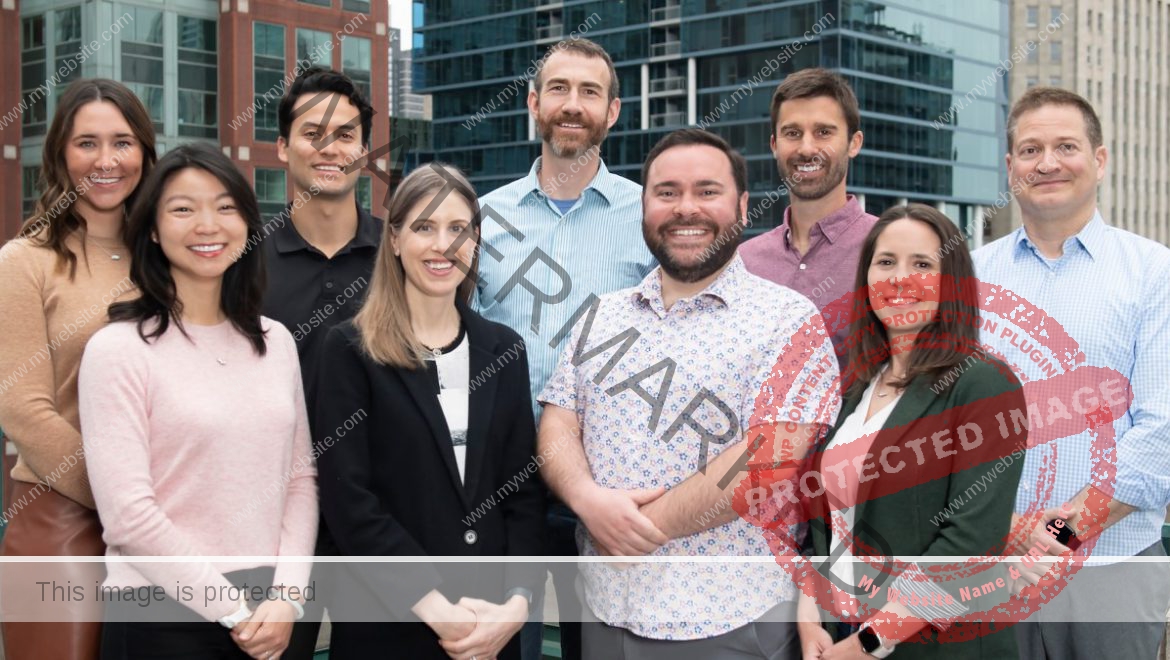While the venture world is abuzz over generative AI, Dayna Grayson, a longtime venture capitalist who five years ago co-founded her own firm, Construct Capital, has been focused on comparatively boring software that can transform industrial sectors. Her mission doesn’t exclude AI, but it also doesn’t depend on it.
Construct recently led a seed-stage round, for example, for TimberEye, a startup developing vertical workflow software and a data layer that it says can more accurately count and measure logs and, if all goes as planned, help the startup achieve its goal of becoming the marketplace for buying timber. How big could that market be, you might be wondering? According to one estimate, the global forest products industry hit $647 billion in 2021.
Another Construct deal that sounds less sexy than, say, large language models, is Earth, a startup that’s centered around human composting, turning bodies into “nutrient-rich” soil over a 45-day period. Yes, ick. But also: it’s a smart market to chase. Cremation today accounts for 60% of the market and could account for upwards of 80% of the market in another 10 years. Meanwhile, the cremation process has been likened to the equivalent of a 500-mile car trip; as people focus more and more on “greener” solutions across the board, Earth thinks it can attract a growing number of those customers.
Dodging some of the AI hype doesn’t completely inoculate Grayson and her co-founder at Construct, Rachel Holt, from many of the same challenges facing their peers, as Grayson told me recently during a Zoom call from Contruct’s headquarters in Washington, D.C. Among their challenges is timing. The pair launched their first three funds amid one of the venture industry’s frothiest markets. Like every other venture firm on the planet, some of their portfolio companies are also wrestling right now with indigestion after raising too much capital. All that said, they’re barreling toward the future and – seemingly successfully – dragging some staid industrial industries along with them. Excerpts of our recent chat, edited for length, follow.
You were investing during the pandemic, when companies were raising rounds in very fast succession. How did those rapid-fire rounds impact your portfolio companies?
The quick news is they didn’t impact too many of our portfolio companies by virtue of the fact that we really deployed the first fund into seed companies – fresh companies that were starting in 2021. Most were getting out of the gate. But [generally] it was exhausting and I don’t think those rounds were a good idea.
One of your portfolio companies is Veho, a package delivery company that raised a monster Series A round, then an enormous Series B just two months later in early 2022. This year, it laid off 20% of its staff and there have been reports of turnover.
I actually think Veho is a great example of a company that has managed very well through the economic turbulence over the last year or two. Yes, you could say they had some whipsaws in the financial markets by attracting so much attention and growing so quickly, but they have more than doubled in revenue over the past year or so, and I can’t say enough good things about the management team and how stable the company is. They have been and will remain one of our top brand companies in the portfolio.
These things never move in a straight line, of course. What’s your view on how involved or not a venture firm should be in the companies that it invests in? That seems somewhat controversial these days.
With venture capital, we’re not private equity investors, we are not control investors. Sometimes we’re not on the board. But we are in the business of providing value to our companies and being great partners. That means contributing our industry expertise and contributing our networks. But I put us in the category of advisors, we’re not control investors, nor do we plan to be control investors. So it’s really on us to provide the value that our founders need.
I think there was a time, especially in the pandemic, where VCs advertised that ‘we won’t be overly involved in your company – we’ll be hands off and we’ll let you run your business.’ We’ve actually seen founders eschew that notion and say, ‘We want support.’ They want someone in their corner, helping them and aligning those incentives properly.
VCs were promising the moon during the pandemic, the market was so frothy. Now it very much seems the power has swung back to VCs and away from founders. What are you seeing, day to day?
One of the things that hasn’t gone away from the pandemic days of rushing to invest is SAFE notes [‘simple agreement for future equity’ contracts]. I thought when we came back to a more measured investing pace that people would want to go back to investing in equity rounds only – capitalized rounds versus notes.
Both founders and investors, ourselves included, are open to SAFE notes. What I have noticed is that those notes have gotten ‘fancier,’ including sometimes side letters [which provide certain rights, privileges, and obligations outside of the standard investment document’s terms], so you really have to ask all the details to ensure the cap table isn’t getting overly complicated before [the startup] has [gotten going].
It’s very tempting, because SAFEs can be closed so quickly, to add on and add on. But take boards, for example; you can have a side letter [with a venture investor] that [states that], ‘Even though this isn’t a capitalized round, we want to be on the board,’ That’s not really what SAFE notes are designed for, so we tell founders, ‘If you’re going to go into all of that company formation stuff, just go ahead and capitalize the round.’
Construct is focused on “transforming foundational industries that power half the country’s GDP, logistics, manufacturing, mobility, and critical infrastructure.” In some ways, it feels like Andreessen Horowitz has since appropriated this same concept and re-branded it as “American Dynamism.” Do you agree or are these different themes?
It’s a little bit different. There are certainly ways that we align with their investment thesis. We believe that these foundational industries of the economy – some call them industrial spaces, some call them energy spaces that can incorporate transportation, mobility, supply chain and decentralizing manufacturing – need to become tech industries. We think that if we’re successful, we’ll have a number of companies that are maybe manufacturing software companies, maybe actually manufacturing companies, but they will be valued as tech companies are valued today, with the same revenue multiples and the same EBITDA margins over time. That’s the vision that we’re investing behind.
We’re starting to see some older industries getting rolled up. A former Nextdoor exec recently raised money for an HVAC roll-up, for example. Do these types of deals interest you?
There are a number of industries where there are existing players out there and it’s very fragmented, so why not put them all together [in order to see] economies of scale through technology? I think that’s smart, but we’re not investing in older world technology or businesses and then making them modern. We’re more in the camp of introducing de novo technology to these markets. One example is Monaire that we recently invested in. They are in the HVAC space but delivering a new service for monitoring and measuring the health of your HVAC through their low tech sensors and monitoring and measuring service.
One of the founders had worked previously in HVAC and the other worked previously at [the home security company] SimpliSafe. We want to back people who understand these spaces — understand the complexities and the history there — and also understand how to sell into them from a software and technology perspective.
















